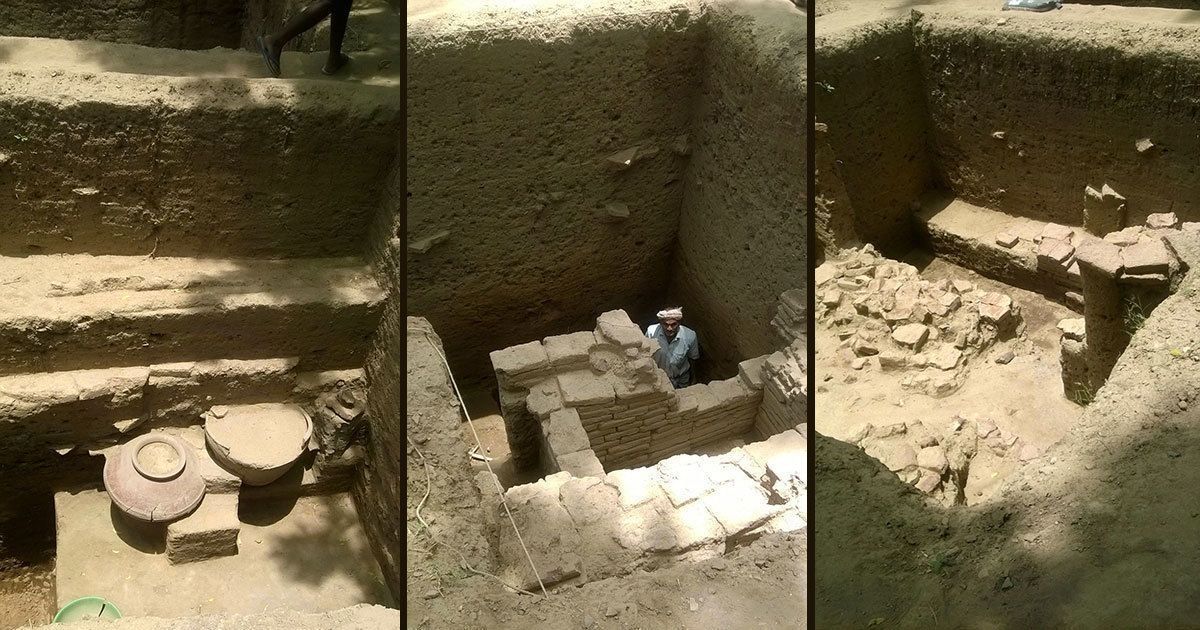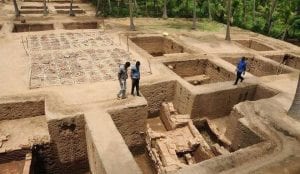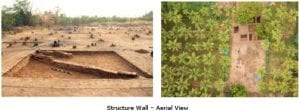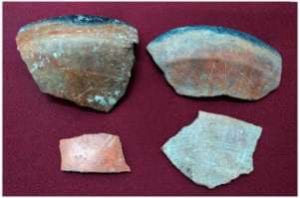
Keeladi excavations reveals sangam age to be much older than believed earlier

In a major revelation concerning the cultural historiography of Sangam age, it has been found that that the artefacts and cultural deposits, excavated from the Keeladi archaeological site in Sivaganga district, could be safely dated between 6th century BC and 1st century AD.
This conclusion was arrived at after the six-carbon samples collected from the fourth season of excavation at Keeladi were sent to Beta Analytic Lab at the US for Accelerator Mass Spectrometry (AMS) dating.
The report places the Keeladi artefacts – the samples of which were collected at a depth of 353 c

m – about 300 years older than the previously found 3rd century BC. To be precise, it goes back to 580 BCE.
On Thursday, State Tamil Culture and Archaeology department minister K Pandiarajan released the report on the new findings.
Also, the findings at the Keeladi a push back the dates of Tamil-Brahmi script to the 6th century BC.” the report revealed.
Tamil-Brahmi letters, found until now, were inscribed when the pots were in leather condition or were inscribed/engraved after the pots became dry. But, according to the report, in the case of Keeladi samples, the engravings were all post-firing in nature and were done by the owners after purchasing them. “The representation of various styles of writing also suggests this view. These results clearly ascertained that they attained literacy or attained the art of writing as early as 6th century BC,” read the report.
The report also suggests that the urbanisation of the region around Vaigai in Madurai district of Tamil Nadu took place around the 6th century BC as was the case in the Gangetic plains.
Similarly, in order to trace the history of the agrarian society and cattle rearing, as many as 70 samples of skeletal fragments, collected from the excavation site, were sent to the Deccan College in Pune for analysis.

In the analysis made under different categories based on the nature of the specimens, it was found that oxen, cows, buffaloes, and goats were predominantly used for agriculture, while animals like antelope, goat and wild boar were consumed.
According to the report, the two seasons of excavation conducted at Keeladi exposed several things including a 13-meter long wall. In the site, well-laid floors made of fine clay along with roof tiles in a collapsed state were found.

“It seems, wooden poles were planted, over which roof was erected, the occurrence of iron nails give clues of festering the poles and rafters. The roof tiles contained finger groove impression meant to drain water and a double hole at the top to be tied with rafters,” the report said.
In other findings, the examination of the structural activities in the site reveals the high standard of living during the Sangam age.
While a lot of metals including gold and the terracotta objects recovered from the Keeladi excavation shows the cultural richness and economic prosperity of the Sangam age, the report also revealed that the site did not yield any objects meant for worship.


